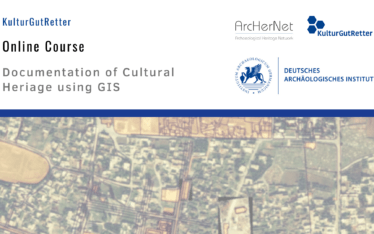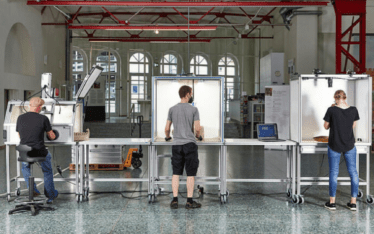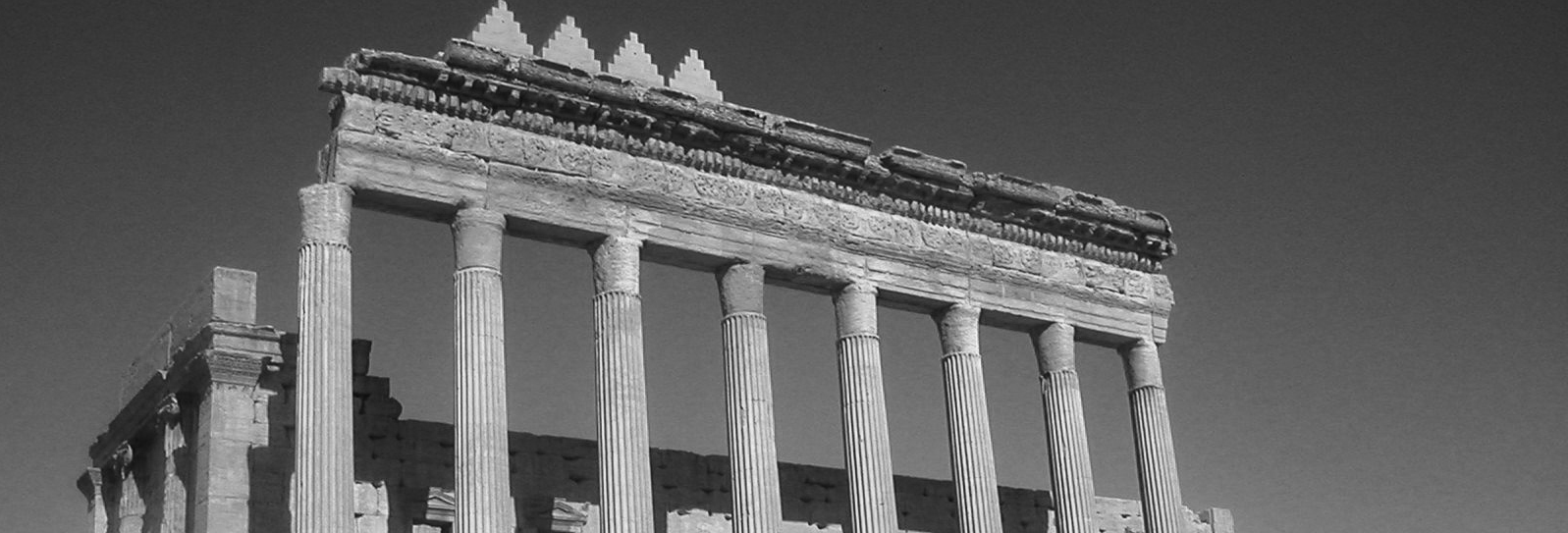
Cultural Heritage Preservation at Castle ar-Rahba (Iraq) | Interview with Asaad Hashim Abbas Alluhaibi
- Home
- Cultural Heritage Preservation at Castle ar-Rahba (Iraq) | Interview with Asaad Hashim Abbas Alluhaibi

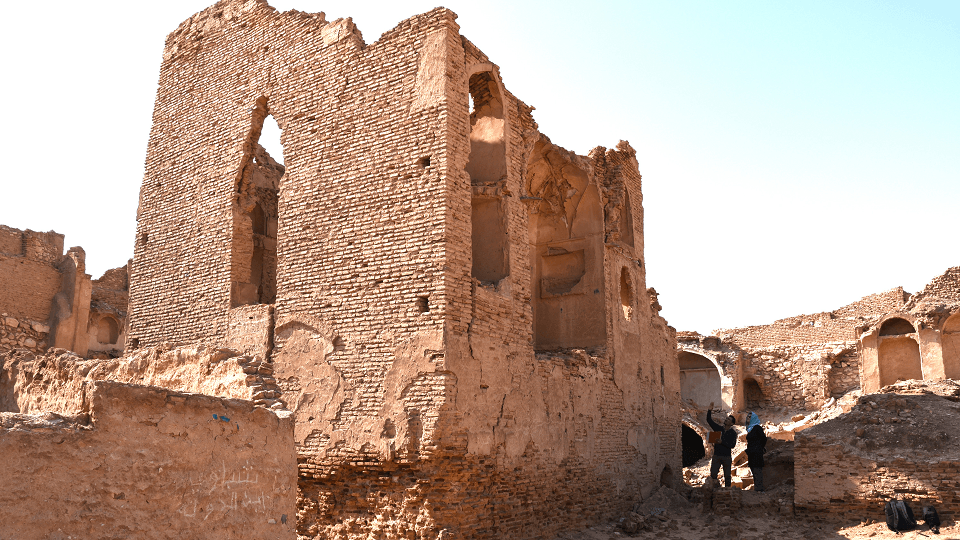
The Iraqi German Expert Forum on Cultural Heritage (IGEF-CH) awarded the first prize of the training program to Asaad Hashim Abbas Alluhaibi, staff member of the State Board of Antiquities and Heritage (Najaf) for his project on „The north façade of building 5 at ar-Rahba Castle, an-Najaf“. In the interview he talks about his experiences during the program and his project.
Mr. Alluhaibi, you and another participant of the Iraqi German Expert Forum on Cultural Heritage 2018/19 both won the first prize for your projects. Which modules of the training program were important for the success of your work?
Architectural documentation and description, damage assessment, photography and measurement with the total station are some of the most important topics addressed by this program, as together they help to preserve cultural heritage.
This past year you have studied citadel ar-Rahba intensively. Can you tell us a little bit about the history of the building?
As I mentioned in my project, the history of the „Citadel of al-Rahba“, is not so clear and there is some disagreement amongst scholars about the topic. Some even date the citadel to 1777 AD into the time of Said Mahmoud Al Rahbawi, who had some influence in the region at the time and possibly built it. But I personally disagree with this dating as stated in my work. In fact we need in depth study of the remains and some archaeological soundings, as well as comparisons with other similar structures in Iraq in general, to be able to pin point the actual construction date of the structure and to reveal its identity.
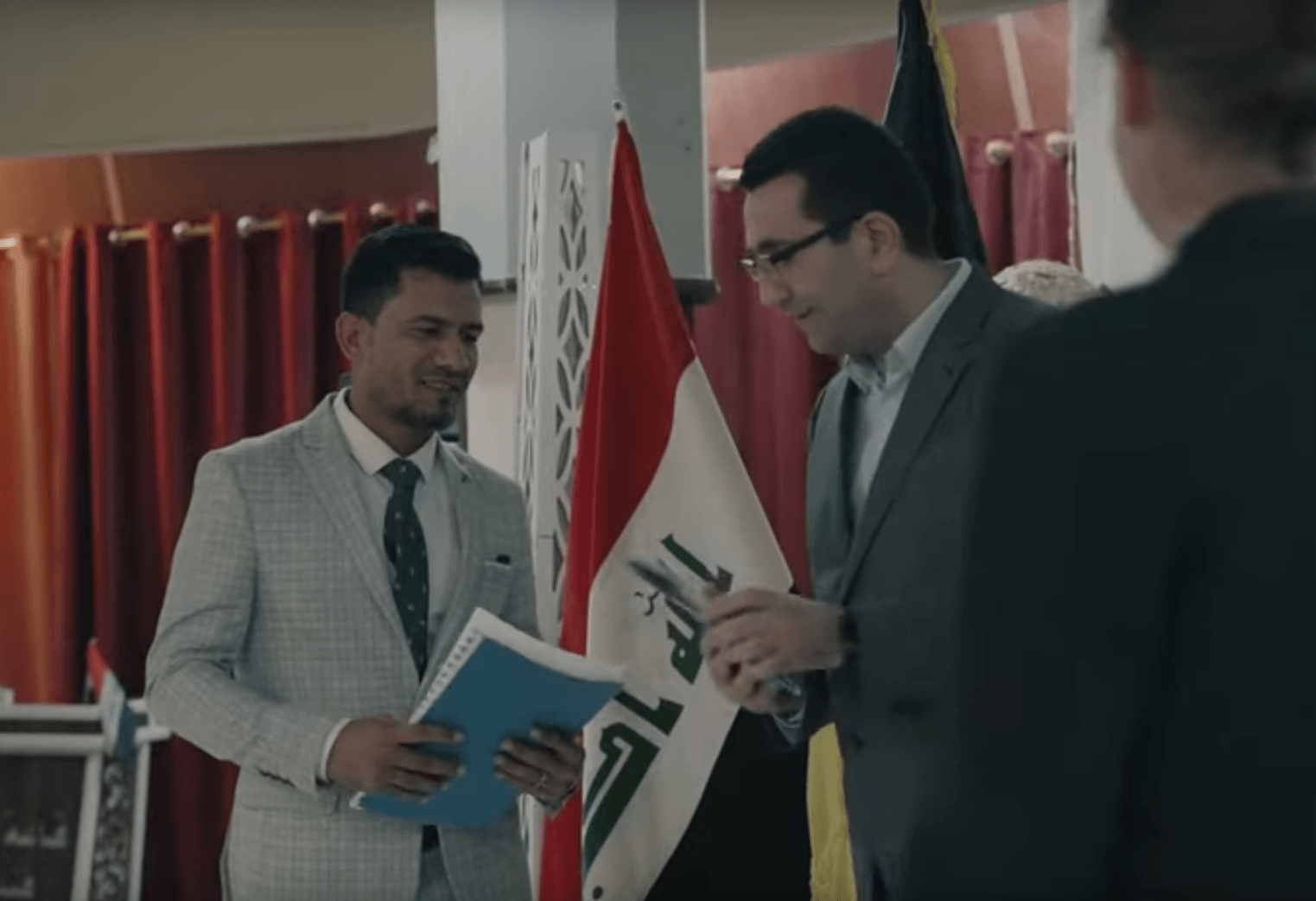
During your project you assessed and mapped damages of the north façade of building 5. What is the condition of the castle and the documented parts?
The castle is in a very bad state. Some parts have completely collapsed, of those very little or only the foundations remain. Some other parts are at the risk of collapsing and are quite dangerous for visitors. The segment I have studied is also at risk. If the measures and solutions I proposed in my research project are not implemented soon, that part of the castle could be completely lost, as seen in other parts which have vanished already.
Why is it important to conduct damage assessment?
Damage assessment is very important. Before any conservation measures are started comprehensive damage assessment should be conducted first. Based on this solutions and suggestions for approaching the damage can be developed. Damage assessment is necessary as it reveals the most important damages and the extent of tolerance and resistance of the structure to natural and other factors, as well as how serious these damages could be to the subsistence of the structure.

Which future steps and protection measures for the castle would you consider as useful?
The most crucial preventive measure is the control of rain water from gathering near the walls. Rain water results in moisture and salts, which lead to the fragmentation of the binding material and bricks. Its control is necessary to avoid wall cracks and breaks, especially in areas that could cause dangers to visitors. Generally the castle needs a great deal of study and work, preferably by an interdisciplinary team of structural engineers and architects as well as archaeologists. Ideally a comprehensive study project should be implemented, including an in-depth scientific study of the structure and archaeological investigations to better understand its history and function.
What do you personally consider to be the most important part of the IGEF-CH training program?
In general, the whole program is good. Its most important part is field work, which included damage assessment and the development of solutions. Learning how to work with a tachymeter is also very important as it leads to high accuracy in the results. Last but not least the usage of photogrammetry and structure from motion for documenting architecture.
Asaad Hashim Abbas Alluhaibi has answered the questions in written form.
Title image: Asaad Hashim Abbas Alluhaibi discusses his project infront of north façade of building 5 at Castle ar-Rahba with IGEF-CH staff member Fidaa Hlal|© DAI, Siegel.
Read More:
Die Arbeit des Archaeological Heritage Network wird von vielen Partnern national und international getragen und vom Auswärtigen Amt und der Gerda Henkel-Stiftung gefördert.
